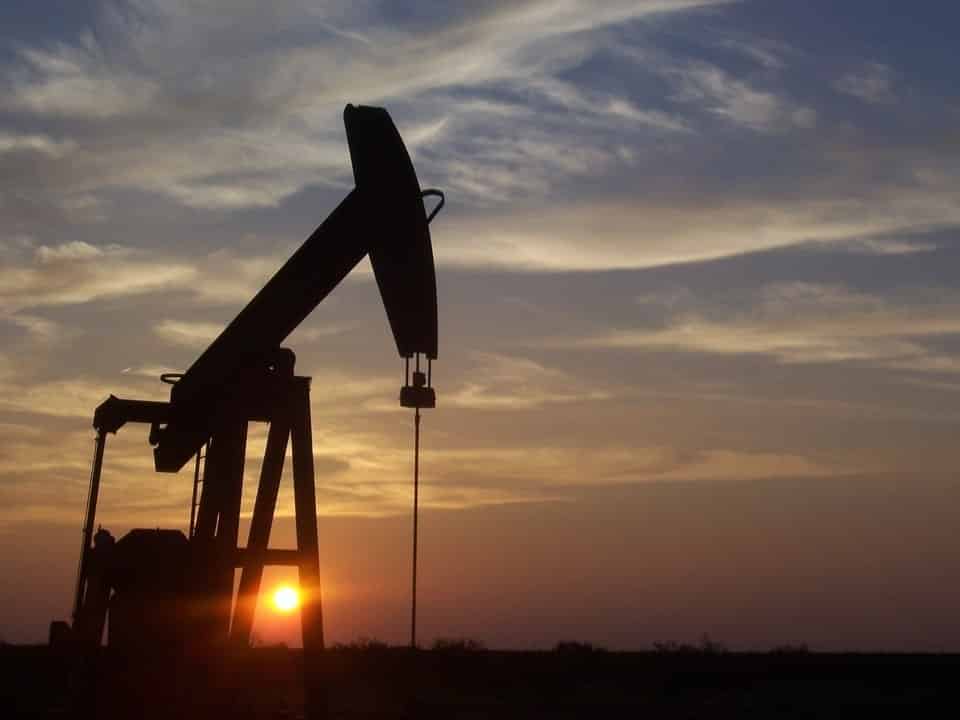All Helical Anchors are the Same, Right?

From a distance, helical piers from manufacturer to manufacturer look similar, but are they? In simplest terms – No they are not the same. As a matter of fact, there can be huge differences in helical anchors. Some suppliers use old oilfield pipe (known as J55 pipe) and this can make a huge difference in the longevity and structural safety of the helical anchor.
Old Oil Pipes?
First of all, the used oilfield pipe available for the helical anchor market is a pipe that is deemed no longer fit to be used in the oil rig. With the high oil prices and the pipe shortages, the oil rig operators are getting the most use out of it before they sell it.
Salt Water and Acid?
Next, let’s talk about salt water in oil production. Most of the existing wells in Texas, Oklahoma, and the Midwest are classified as stripper wells. These are wells that produce a 90% / 10% mix of fluid on a daily basis. This means that if the well produces 10 barrels of oil a day, it also produces 90 barrels of saltwater per day. The effects of saltwater on steel pipe does not need explanation. Furthermore, periodically, acid is drawn down the wells to help the flow of fluids into the wellbore. Once again, not much explanation needed, you can imagine the damage acid can cause.
Friction and Wear?
Last, but not least, the most destructive effect on oil field pipe is known as rod wear. Inside the oilfield pipe, which is known as a drill stem, are the sucker rods. Now, a brief lesson on oil production. The pumping unit sits on the surface. Attached to the horse head on the pumping unit is the bridle. Then attached to the bridle is the polish rod. Attached to the polish rod are the sucker rods.
Down deep in the hole is the rod pump. To pump this fluid (saltwater & oil) out of the hole, the horse head, the polish rod, the sucker rods, and the pump have to go up & down constantly. The rods going down through this pipe are rubbing against something and that something is the used casing pipe (J55 pipe). Oilfield operators generally will not stop using this pipe until they have determined that 30% or more of the wall thickness is gone.
To spell it out, these super hard rods, rubbing constantly against the casing pipe, causes some very thin spots inside the pipe. So, a pipe that was nice and thick when it was new, has salt-water corrosion, acid corrosion, and very thin spots due to “rod wear”. Does this sound like the pipe that should be used to manufacture helical piles that provide structural support?
Buy New, Not Used
Obviously, not all helical piers are the same. Manufacturers that use old oilfield pipe may be putting your structure at risk. Why would they do this? Cost is the only reason. New structural steel pipe cost a bit more but is certified to specifications and is designed to provide years of structural support. Not all helical piles are the same, as a matter of fact, there are major differences between helical piers. The helical piers used by contractors associated with My Foundation Repairs use equipment from Earth Contact Products. Not only are your piers new, but they are also tested, and American made! Make sure the products holding up your home are strong and trustworthy.
